Notes
Scenes From Chemical Weapon Inspections in Syria … and a Ten Year Itch
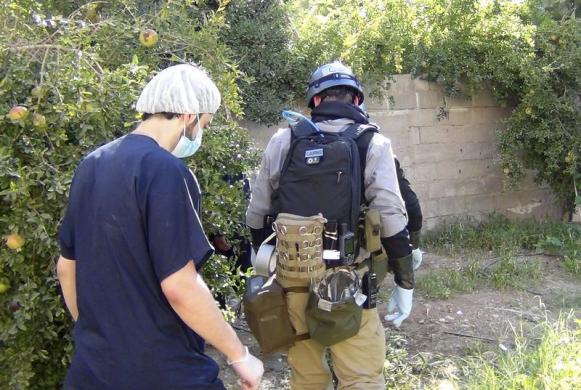
What makes these images of UN weapons inspectors on the ground in Mouadamiya, Syria so powerful and affirming for me is how much they also evoke the Bush Administration’s 2003 rush to war. Actually seeing UN weapons inspectors allowed to do their jobs following the horrifying mass event last week in Syria doesn’t feel like a “do over,” but it’s verification, at least, that there is a deliberate and rational way to proceed in such events. The freshly-elected Barack Obama’s decision not to seek a determination, on behalf of the nation and for the sake of history, about the previous administration’s “sexing up” of the “evidence,” makes the simple photos here even more pronounced.
You should take a look at the entire slideshow. This set of photos, however, simply cover the bases. We see the investigator, equipped with tools — such as scissors! — conveying a legitimacy unmatched by all the news photos we saw of aluminum tubes or images of the Secretary of State waving around vials of anthrax in front of the United Nations.
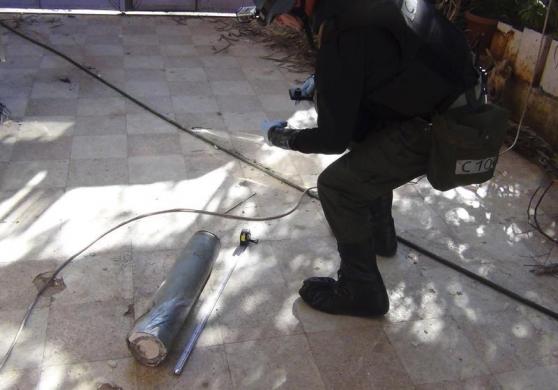
We see another inspector in the presence of what we can assume is a real live delivery device.
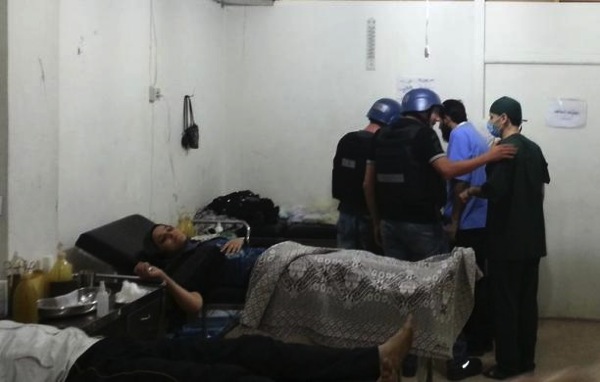
Then, in a scene that is not only empathetic but presumably an elementary procedure in connecting the dots, we see the inspectors meeting with hospitalized victims.
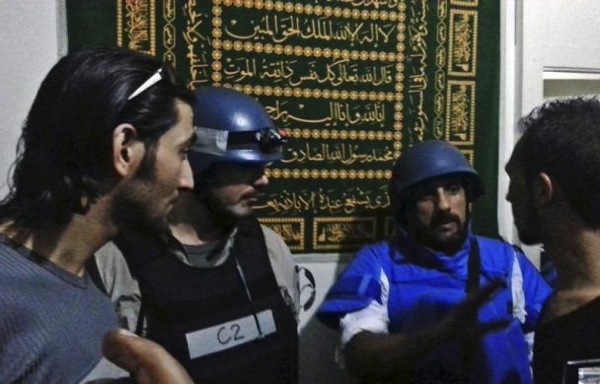
Finally, because 2003 involved little drama that didn’t involve state actors, the profound simplicity (or simplistic profundity) here is the documentation of investigators engaging with actual citizens.
Hope and better aspirations aside, however, we know that ’13 is politically deviating less from ’03 than I suggest. What I’m referring to is how the Obama administration is demonstrating less interest in engaging with the UN around Assad’s stockpiling and use of lethal weapons than even Team Bush did in regards to potentially similar capabilities by Saddam Hussein. It does seem, though, that whatever intervention might be taken through NATO, the Arab League or some other “alliance of the willing” is coming with a greater sense that the weapons evidence is incontrovertible. I’d be leagues more comfortable, however — no matter what else happens next — if the discovery process presented in these photos might fully play out.
(photo 1 & 2: Ahmad Alshami/Reuters photo 3 & 4: Abo Alnour Alhaji/Reuters.caption 1 & 2: A U.N. chemical weapons expert gathers evidence at one of the sites of an alleged poison gas attack in the southwestern Damascus suburb of Mouadamiya, August 26, 2013. caption 3: U.N. chemical weapons experts visit a hospital where wounded people affected by an apparent gas attack are being treated, in the southwestern Damascus suburb of Mouadamiya, August 26, 2013. caption 4: U.N. chemical weapons experts meet residents at one of the sites of an alleged poison gas attack in the southwestern Damascus suburb of Mouadamiya, August 26, 2013.)
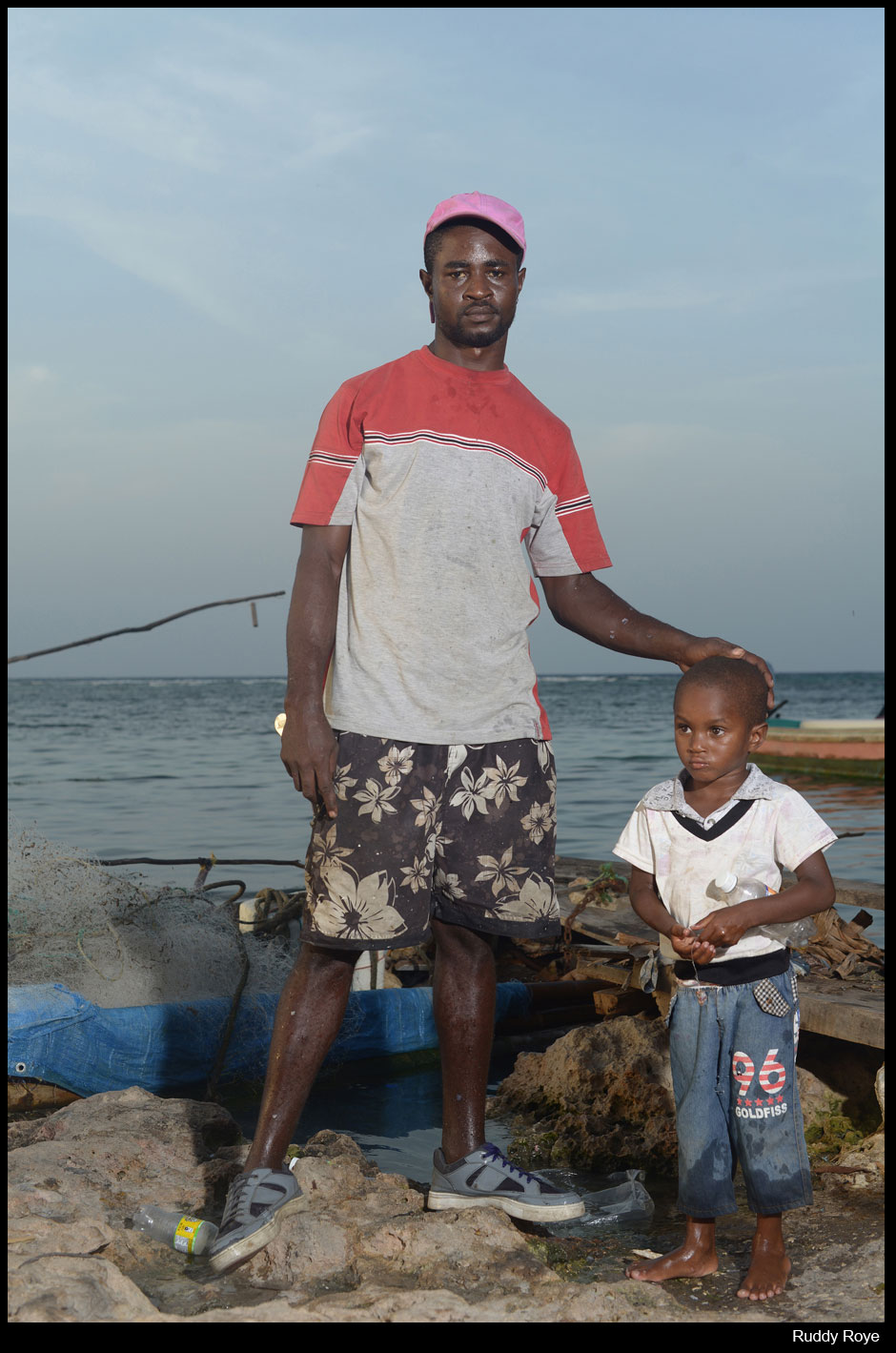
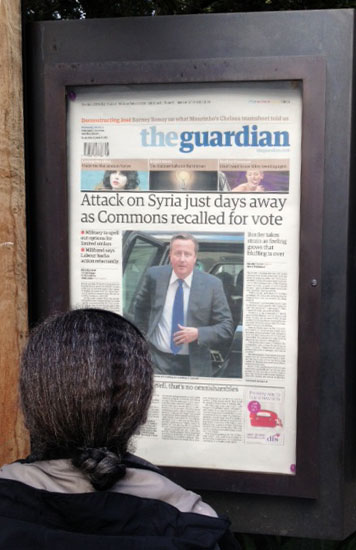
Reactions